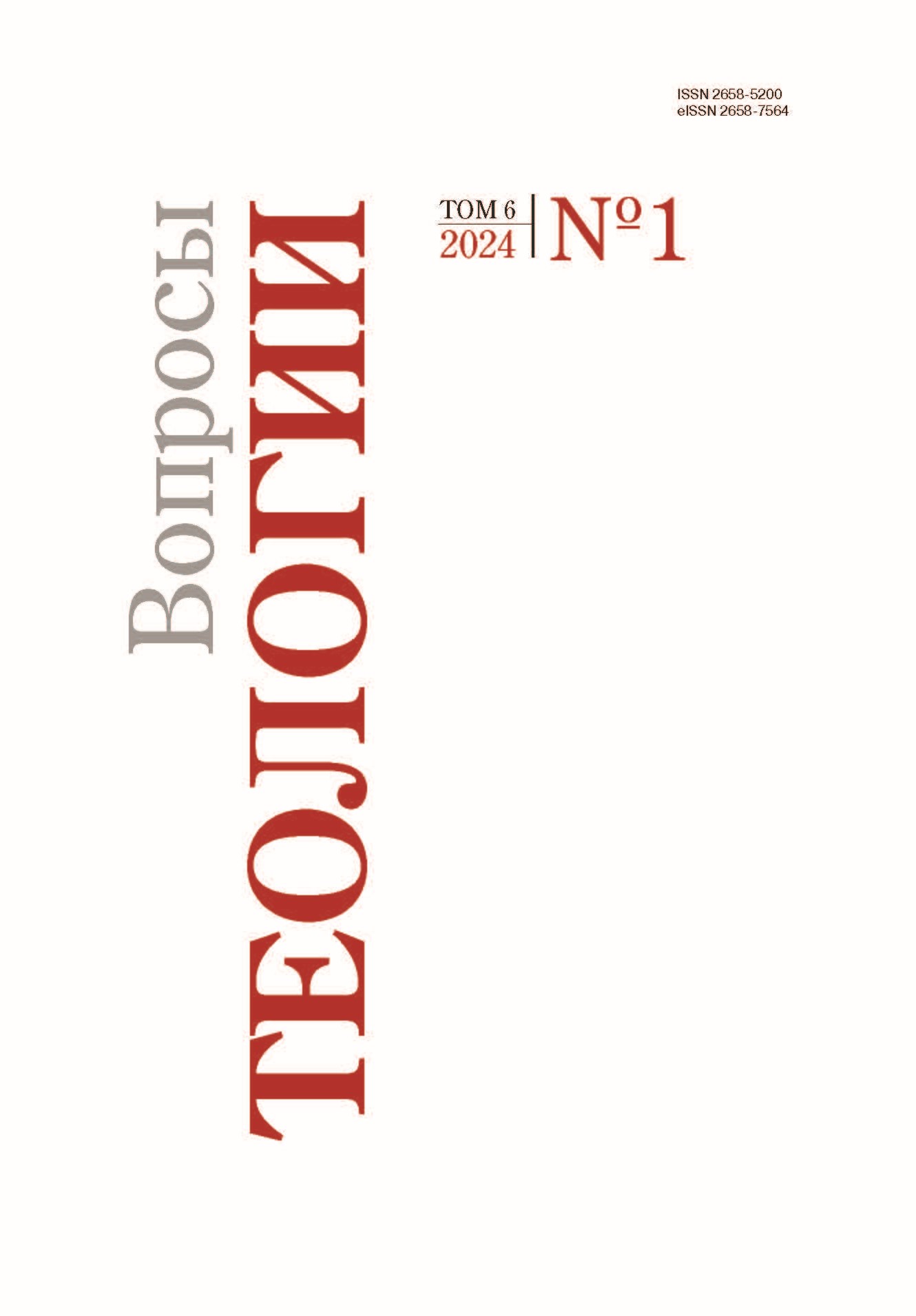The development of comparative Jewish hermeneutics of the Gospel of Matthew
DOI:
https://doi.org/10.21638/spbu28.2024.103Abstract
The article examines the historical development of comparative Jewish hermeneutic studies of the Gospel of Matthew starting with the 17th century. The research pays special attention to the stages of formation, to obstacles and their overcoming, and to the nature of the development of comparative works. It introduces a comparison of two parallel traditions in these studies — Christian and Jewish. The main methodological approaches of Christian and Jewish scholars come from historical criticism and philology. They transcend religious boundaries and bring academicism to comparative studies. However, later historical criticism leads to a delay in the development of comparative Jewish studies due to the problems of anachronism, since rabbinic literature originates several hundred years after the New Testament, and therefore is not suitable for synchronous comparison. Another obstacle to the development of comparative analysis poses the philological principle of only one textual meaning. Jewish hermeneutics presupposes many meanings of the sacred text, which contradicts the principle of a single meaning. A revolutionary breakthrough in comparative Jewish hermeneutics occurs in the middle of the 20th century, thanks to the use of a literary approach that is not bound by the strict rules of historical criticism and the philological principle of a single meaning. Renee Bloch suggests the use of Rabbinic literature for the study of Christian and intertestamental literature, and even of the Bible itself, even though such a comparison is anachronistic. The cultural approach helps to see the uniqueness of the cultural contribution of the exegete and to overcome religious obstacles to comparative research. The article suggests a comparative Jewish hermeneutics of the Christmas story of the Gospel of Matthew.
Keywords:
Jewish hermeneutics, apostolic hermeneutics, the Gospel of Matthew, the Christmas story, supernatural birth, historical criticism, historical and grammatical approach, literary approach, cultural approach
Downloads
References
References
Downloads
Published
Issue
Section
License
Articles of "Issues of Theology" are open access distributed under the terms of the License Agreement with Saint Petersburg State University, which permits to the authors unrestricted distribution and self-archiving free of charge.




